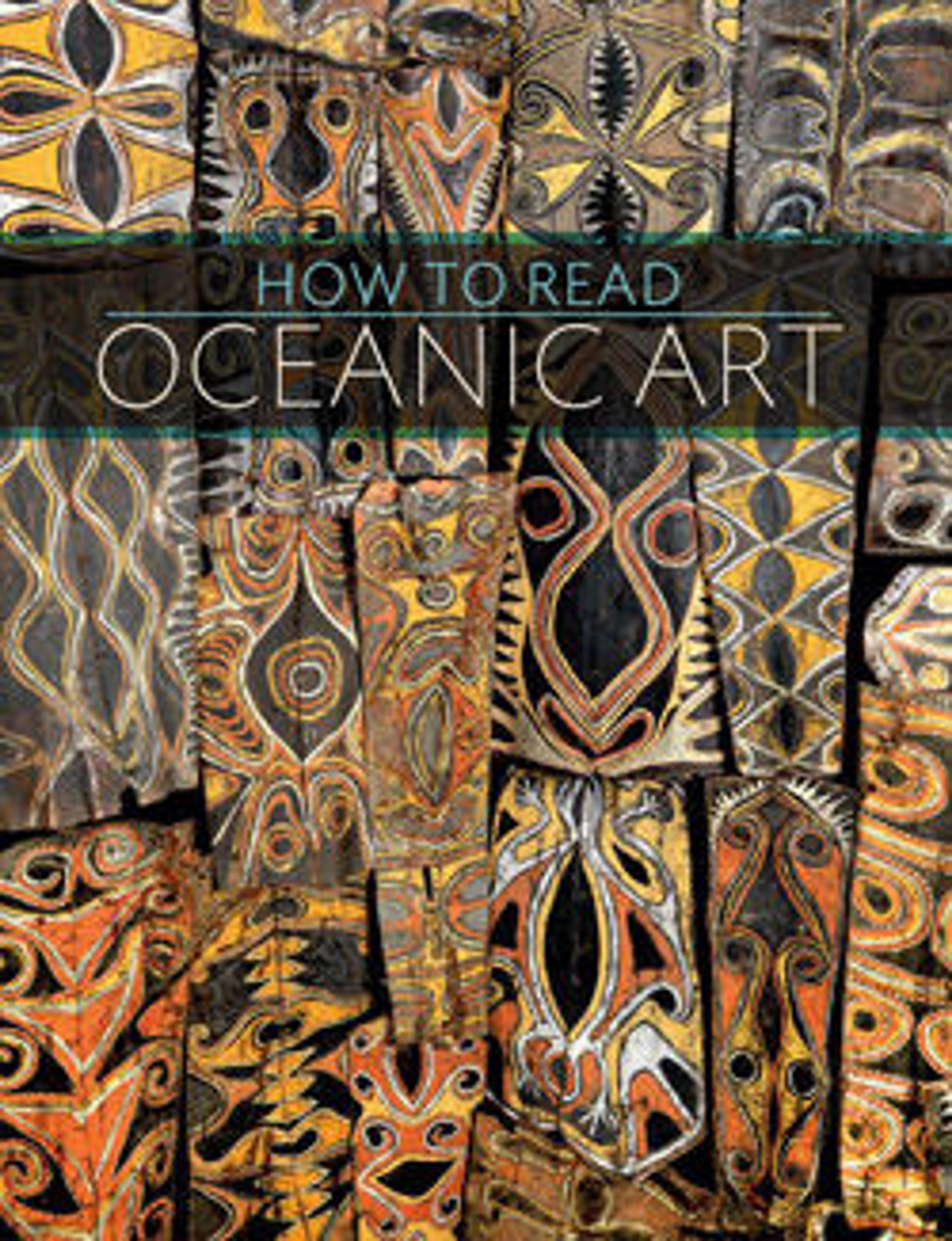Boomerang
The boomerang is the most immediately recognizable of all Australian Aboriginal art forms. Produced by many, but not all, Aboriginal peoples, boomerangs served a variety of purposes. Like most Aboriginal boomerangs, this example collected among the Wardaman people on the northern fringes of the central desert region was nonreturning. Used in hunting and warfare, boomerangs were primarily specialized throwing sticks, intended to hit the target and fall to the ground. Among central desert peoples, boomerangs were typically adorned, as here, with shallow longitudinal grooves that follow the gentle curvature of the implement. The series of paired transverse grooves that appear on this example are somewhat unusual. Like most implements in the central desert, this boomerang is coated in red ocher, a natural mineral pigment that was mined from the ground at specific sites. The tip of the shorter arm also shows evidence of black paint. Boomerangs were occasionally painted for use in ceremonies, and the presence of the paint here suggests that, in addition to its practical uses, the present work may, on occasion, have been employed in ritual contexts.
Artwork Details
- Title:Boomerang
- Date:late 19th–early 20th century
- Geography:Australia, Western Desert, Northern Territory, Victoria River region
- Culture:Wardaman
- Medium:Wood, ocher
- Dimensions:H x W: 6 1/4 x 31in. (15.9 x 78.7cm)
- Classification:Wood-Implements
- Credit Line:The Michael C. Rockefeller Memorial Collection, Bequest of Nelson A. Rockefeller, 1979
- Object Number:1979.206.1539
- Curatorial Department: The Michael C. Rockefeller Wing
More Artwork
Research Resources
The Met provides unparalleled resources for research and welcomes an international community of students and scholars. The Met's Open Access API is where creators and researchers can connect to the The Met collection. Open Access data and public domain images are available for unrestricted commercial and noncommercial use without permission or fee.
To request images under copyright and other restrictions, please use this Image Request form.
Feedback
We continue to research and examine historical and cultural context for objects in The Met collection. If you have comments or questions about this object record, please contact us using the form below. The Museum looks forward to receiving your comments.
